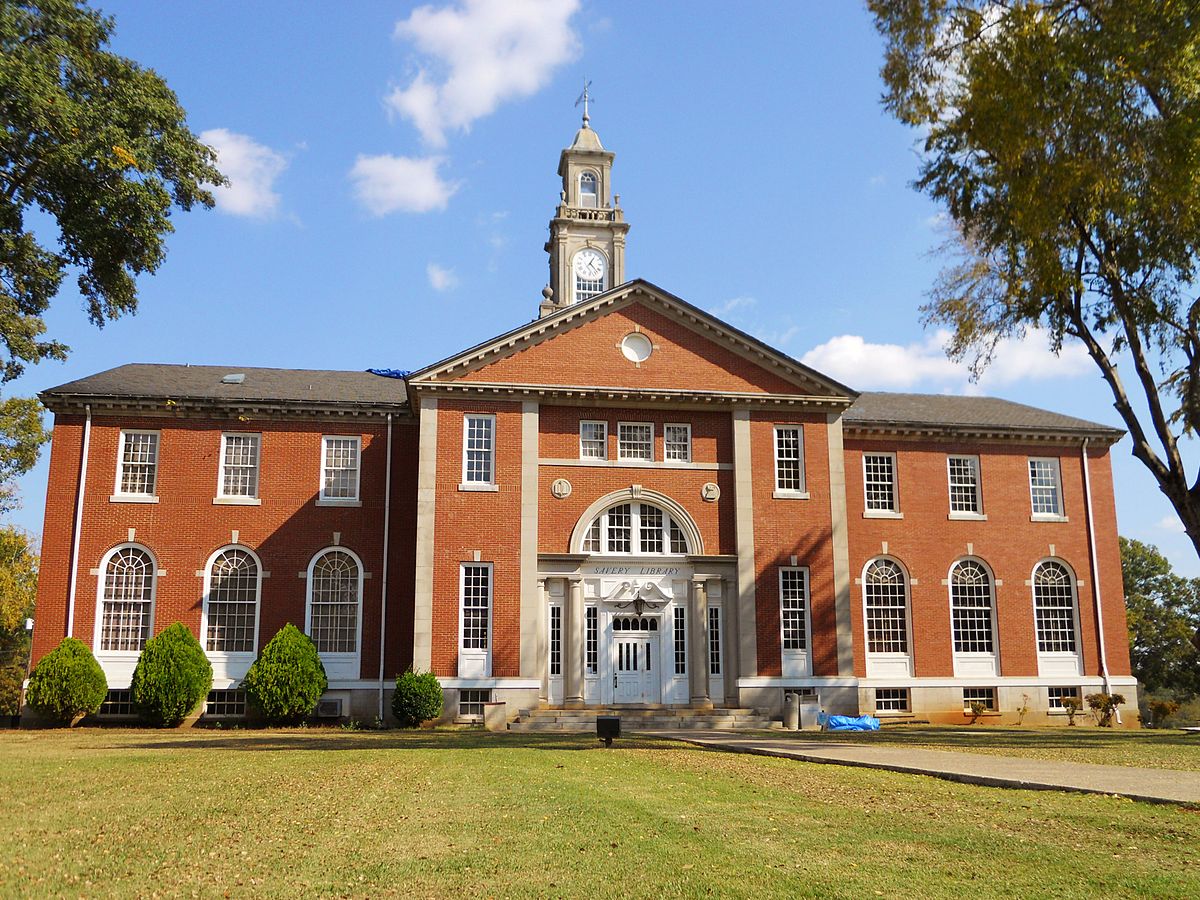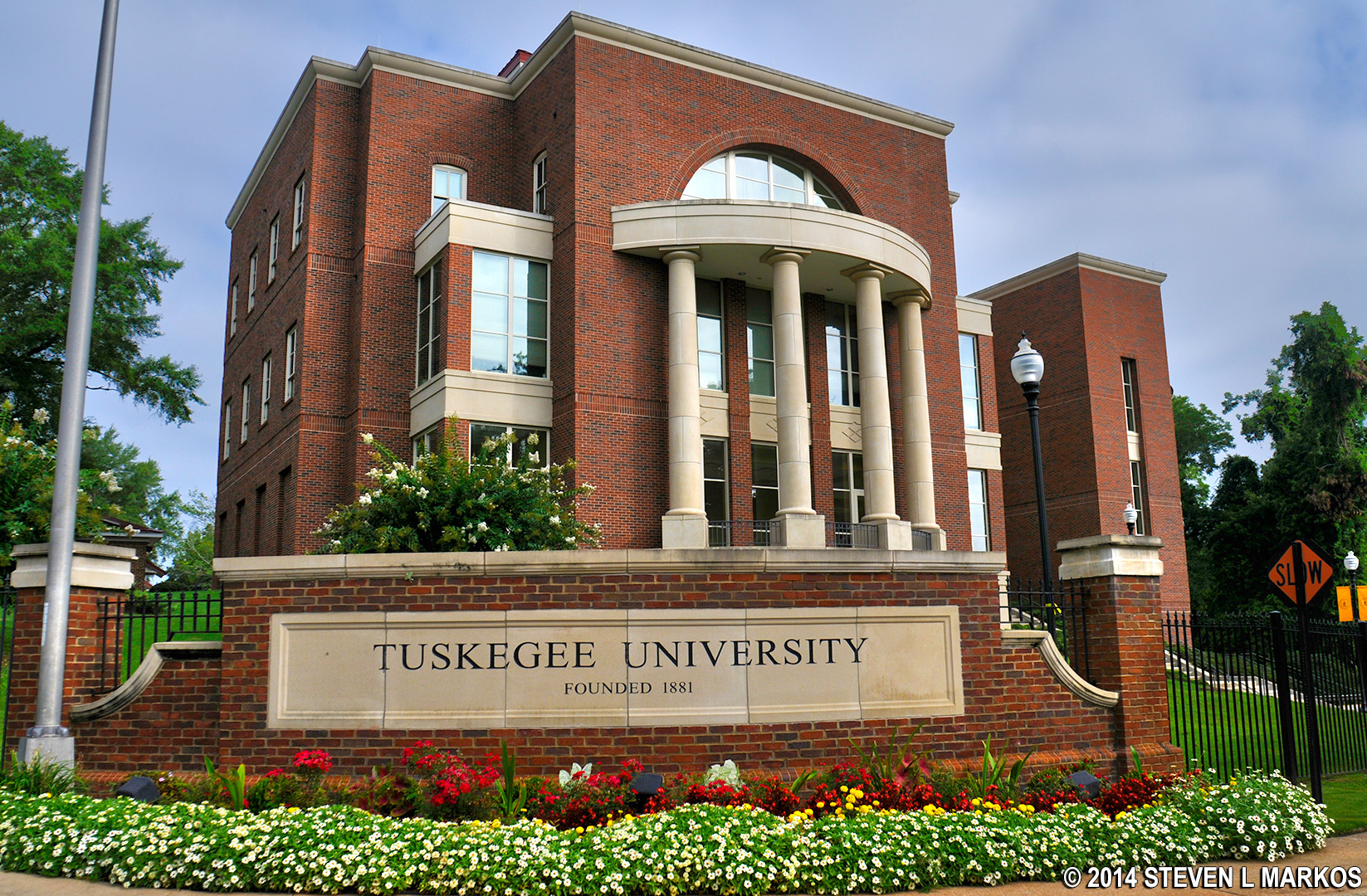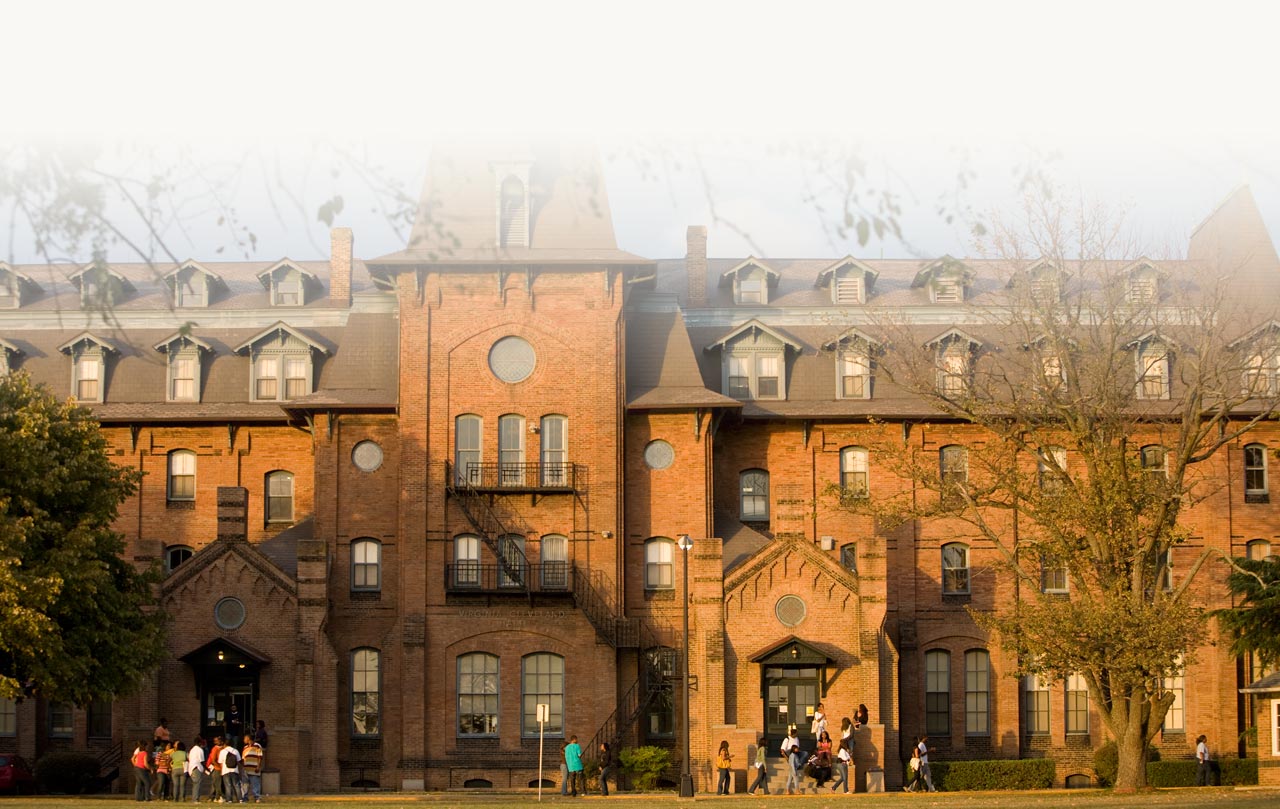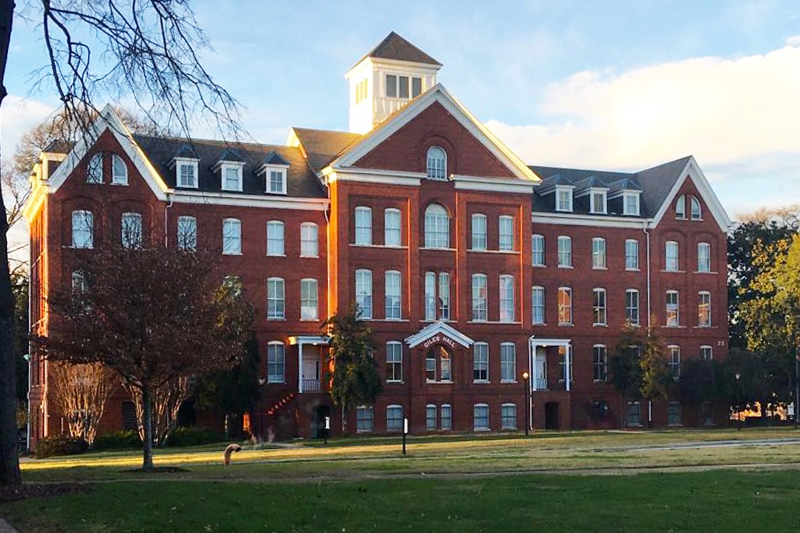Spelman College (1881)
BY JACQUELINE HUBBARD, ASALH, President
The overwhelming majority of colleges for African Americans were established after the Civil War, largely through the efforts of churches, religious societies and the federal government. These included the African Methodist Episcopal Church (AME), American Missionary Association, United Church of Christ, United Methodist Church and the Freedmen’s Bureau.
After the Civil War, federal legislation, specifically the Morrill Act, required the states, especially former Confederate states, to provide land grants for institutions for black college students if their admission, because of segregation, was not allowed elsewhere. These institutions of higher education have trained successful black Americans for more than 160 years, and continue to do so.
Between 1861 and 1900, more than 90 black colleges had been established including Alabama State University (1867), Clark Atlanta University (1865), Bowie State University (1865) and Florida A & M University (1887).

Talladega College’s Savery Library (1867)
Many historically black colleges and universities (HBCU) were founded due to the success of the Union Army and the insistence of President Ulysses S. Grant and his generals. Education was also insisted upon by the newly emancipated and their supporters such as Frederick Douglass and Booker T. Washington.

Tuskegee Institute (1881)
After the Civil War, black Americans hungered for education–to read and to write–and understood its importance in American society. Today, we also understand the importance of higher education. A high school diploma, and in some cases even an undergraduate degree, is not enough to compete in today’s economy. Our students must look higher and utilize these institutions.

Hampton University (1868)
Only three HBCUs, Cheyney University of Pennsylvania (1837), Lincoln University, Pennsylvania (1854) and Wilberforce University (1856) were established for black students before the Civil War. In 1856, the AME Church of Ohio collaborated with the Methodist Episcopal Church, a predominantly white denomination, in sponsoring Wilberforce University, the third college in Ohio.
Some of the other schools, established by religious institutions include Spelman College (1881), Talladega College (1867), Howard University (1867), Tuskegee Institute (1881), Morehouse College (1867), Fisk University (1866) and Hampton University (1868).
According to the National Museum of African American History and Culture, “Early HBCUs were established to train teachers, preachers and other community members. During the 20th century, many HBCUs shifted their focus to promote scholarship among African Americans. Academic councils, conferences and founded scholastic journals to showcase black intellectual thought.”
Such notable figures as W.E.B. Du Bois, Ida B. Wells, Booker T. Washington, Martin Luther King Jr., Julian Bond and U.S. Representative John Lewis attended HBCUs.
Shaw University (1865) was the first HBCU in the south. Shaw created the Leonard School of Medicine, one of 12 black medical schools training black doctors during Reconstruction and afterward. In 1910, the Carnegie Foundation published the Flexner Report, which resulted in negative ratings (C or less) for all black medical schools except Howard University and Meharry Medical School.
All other black medical schools closed by 1923. Only two additional medical schools have been established since that report: Drew College of Medicine in California and Morehouse Medical School in Atlanta.
HBCU law schools are in place at Florida A & M, Grambling, Hampton, Howard, North Carolina Central, Southern University, Texas Southern and the University of The District of Columbia.
These schools led the civil rights struggle. Sit-ins were first held in Tallahassee, Fla., and Greensboro, N.C., by students at HBCUs. In 1960, the founding of the Student Nonviolent Coordinating Committee (SNCC) took place at Shaw University.
Formed initially as a way to help students organize sit-in movements across the south, SNCC played a significant role in the Civil Rights Movement, joining the Congress for Racial Equality, the Southern Christian Leadership Conference and other organizations for the 1963 march on Washington.
SNCC engaged in numerous voter registration drives. These efforts were essential in bringing about the passage of the Civil Rights Act of 1964 and the Voting Rights Act of 1965.
If history is any lesson, these institutions will continue to lead in the struggle for full integration of black Americans into American society.
Indeed some of us have attended elite white colleges since the 1960s, many of us on full scholarships, but those institutions are richly endowed. HBCUs are not, and they deserve our full support and the full support of their graduates.
Attorney Jacqueline Hubbard graduated from the Boston University Law School. She is currently the president of the St. Petersburg Branch of the Association for the Study of African American Life and History, Inc.
Post Views:
8,066

